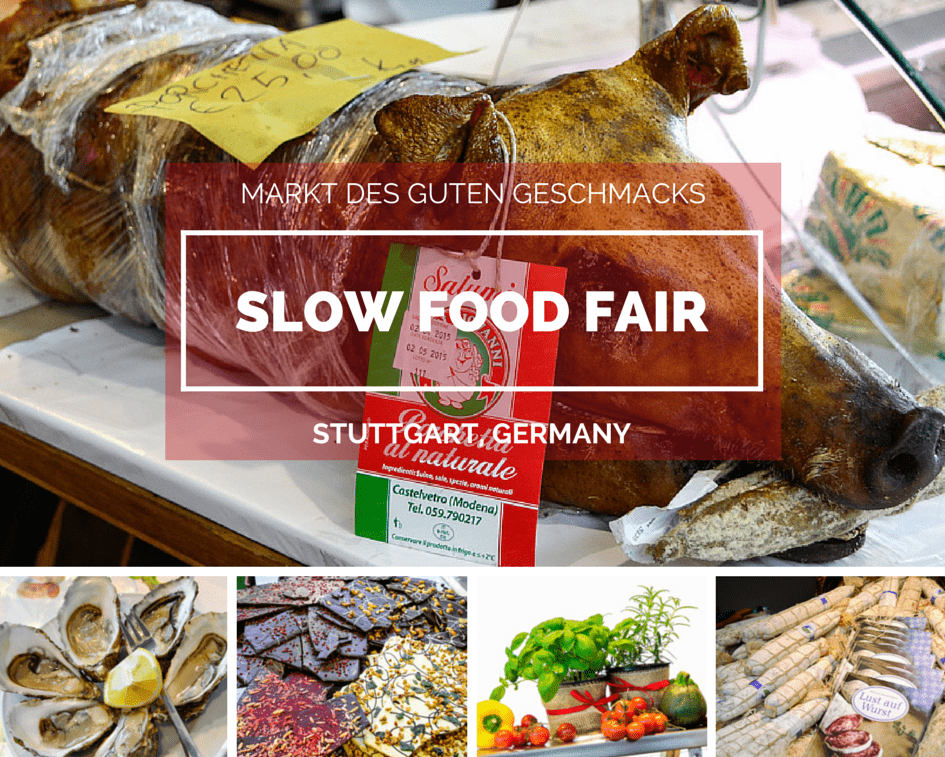
Our contributor, Adi, visits the annual Slow Food fair, Markt des Guten Geschmacks, in Stuttgart, Germany. Warning – don’t read this post on an empty stomach!
Although you can’t tell by looking at me, I love to eat, and I love trying new foods. So, when I learned about the annual Slow Food Fair (Markt des Guten Geschmacks), at Stuttgart Messe, which takes place every spring, I had to go.
Before visiting the fair, I had no idea just how big the slow food movement was in Germany. I also did not know what to expect, as I have never been to a food fair before; plenty of food festivals, but never a fair. I just knew I had to check it out.
Stuttgart Messe is the mother of all convention centers, with nine huge halls and plans of expanding to ten, hosting countless conventions and fairs. At the end of construction, Stuttgart Messe will cover 120.000 square meters.

The Slow Food Fair fills two large halls in Stuttgart Messe
The Slow Food Fair filled two large halls. We went as a family of four, and the entrance was 28 euro, a price that not only allowed us to visit the food fair but all the other events happening at the convention center, as well.
Getting to the Messe is extremely easy, using the S-Bahn. It stops at the airport, from which it’s roughly a five-minute walk to the main entrance of the Messe. Inside, everything is well marked, so there’s no chance of getting lost.
Once inside, my jaw dropped at the size of this event and the multitude of vendors, all inviting you to try their products for free! It was a bit overwhelming, as we wanted to go in all directions and try everything at the same time, fearing we would miss out on something.

Where to begin? Plenty of choices at the Slow Food Fair
All the products exhibited undergo strict quality testing to be considered slow food. This requires production by traditional methods, omitting almost all the additives and also considering the sustainable conservation of the environment. This provides consumers and visitors with an exciting adventure into the world of real taste, away from the boring flavours of industrial mass production.
We were able to sample almost all of the diverse regional delicacies, which people have made by hand. The majority of the more than five hundred exhibitors are producers and food artisans who personally explain their products. Most of them spoke excellent English and genuinely loved talking about their food and how they make it.
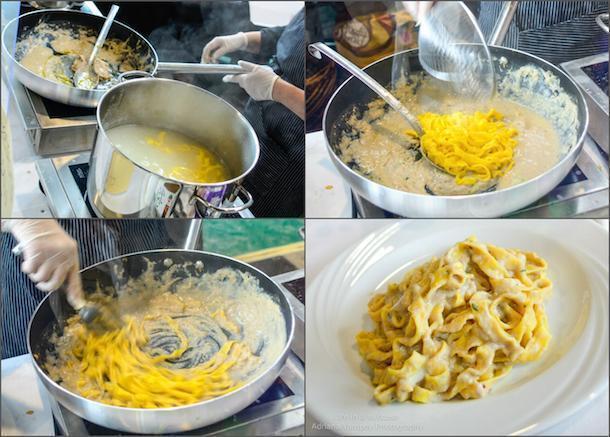
Homemade tagliatelle in fish sauce at the Slow Food Fair.
The slow food movement in Germany goes so far as visiting schools and teaching kids about how food is made, and how it does not come from a box or a can. They teach kids about fruit and vegetables and the seasons in which they grow. I consider this a true gift to the younger generation, growing up in a globalized world, where food is often instant, and everything can be found year-round.
The fair did not only have a strong German presence but also producers from Italy, France, Austria, Switzerland, Greece and, for a little exotic flavour, organic, vegan Indian and Thai stands were present as well.
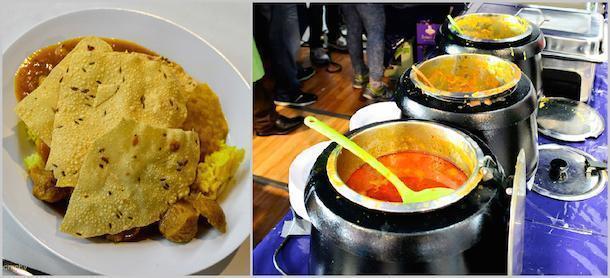
Indian goodness at the Slow Food Fair
I was in my personal heaven, walking from table to table, tasting, and enjoying the hundreds of flavours.
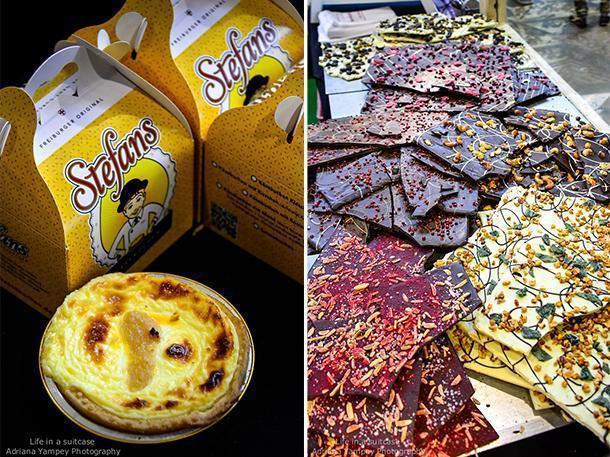
Plenty of chocolate and sweet treats
If you think taking kids to an event like this is not a good idea, think again. Besides the fantastic food, the fair had a few home-made ice cream stands and home-made organic cookies, as well as a few vendors offering artisanal chocolate. I especially loved the home-made cookies by Knusperreich offering a variety of large vegan, organic cookies. The best thing about them? You can order online.
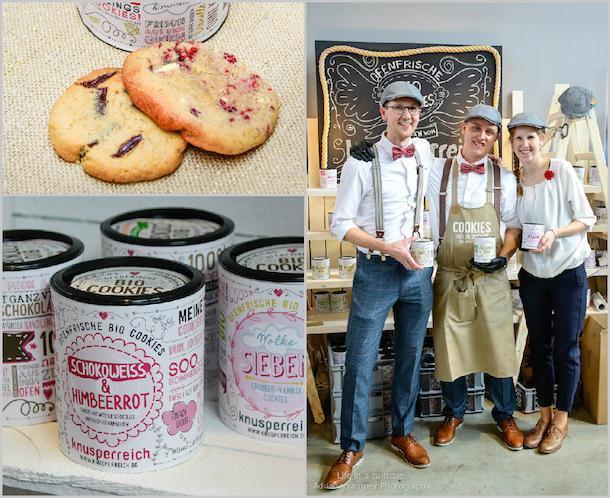
The Knusperreich team and their cookies
Apart from food, I was surprised to find out just how many craft beers, and spirits are made in Germany and Europe in general. I never knew whiskey was made in Germany, a lot of it distilled in the Bodensee area, so we had to try it, as well as some of the smoothest vodka I’ve ever tasted. (Good thing we took the S-Bahn to the fair!) My husband was thoroughly impressed with the craft beer coming from Parma, Italy. The Birrificio Farnese brewery makes excellent ales and an even better IPA.
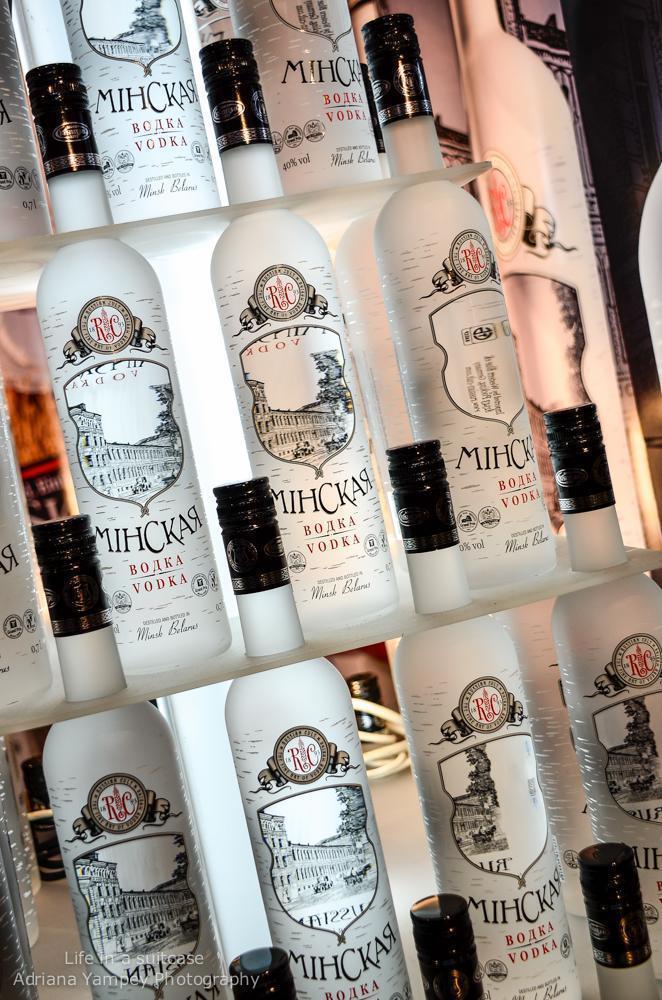
Some of the smoothest vodka I’ve tried, from Germany
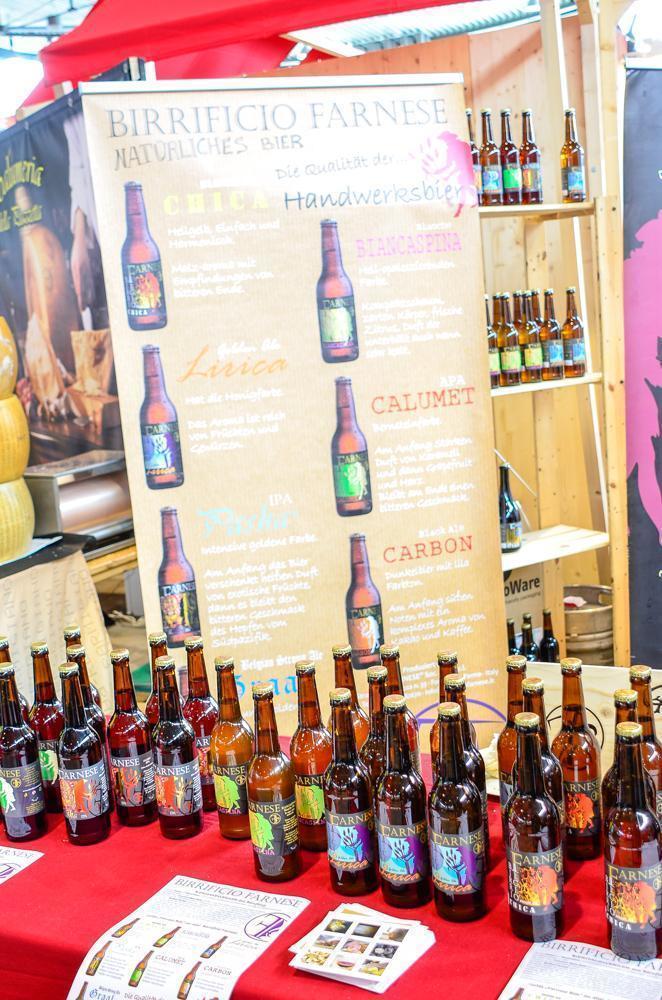
Birrificio Farnese beer from Italy
The Slow Food Fair is a great place to get your pork on, with pork products everywhere, cooked and in cold cut form: from the Italian porchettas (pork sandwiches with the meat cut from a large chunk of rotisserie pork) to hams, salamis, sausages and even wild boar products.

Time to get your pork on at the Slow Food Fair
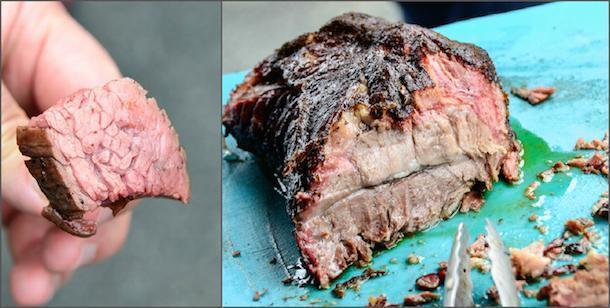
Insanely good pork BBQ
Cheese lovers (like me) had plenty to sample as well, as all countries participating brought forward their best dairy products, with artisans eager to please even the most finicky of taste buds.

Did somebody say cheese? (web)
As far as prices go, the food servings were very inexpensive and the product prices comparable to what you find in stores. Just bring plenty of cash, because you will want to buy everything.
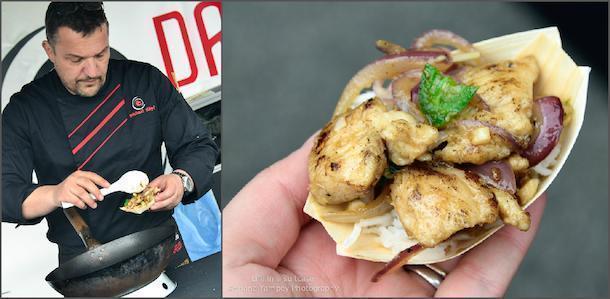
It’s impossible to try everything, but this spicy chicken dish made the cut
The fair was also where my husband finally agreed to try oysters, after years of me trying to make him try them. Now he cannot stay away from them. We tried fresh, wild caught oysters from France and the Netherlands.
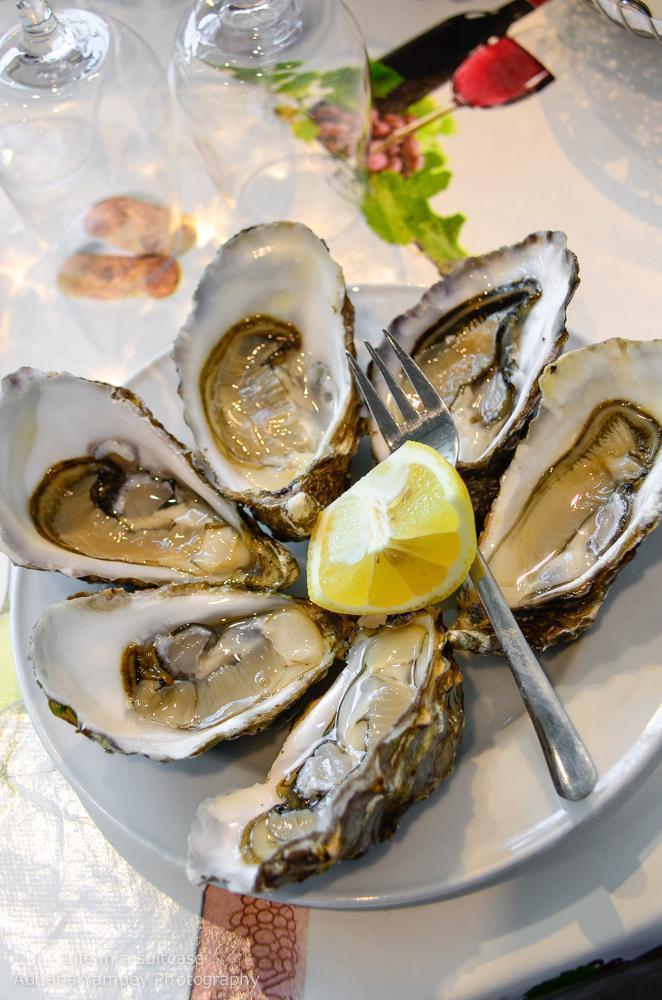
French oysters won over hubby at the Slow Food Fair
Overall our family loved the fair so much, one day was not enough, so we went again the next day, and we will go again every year, as long as we are living here.
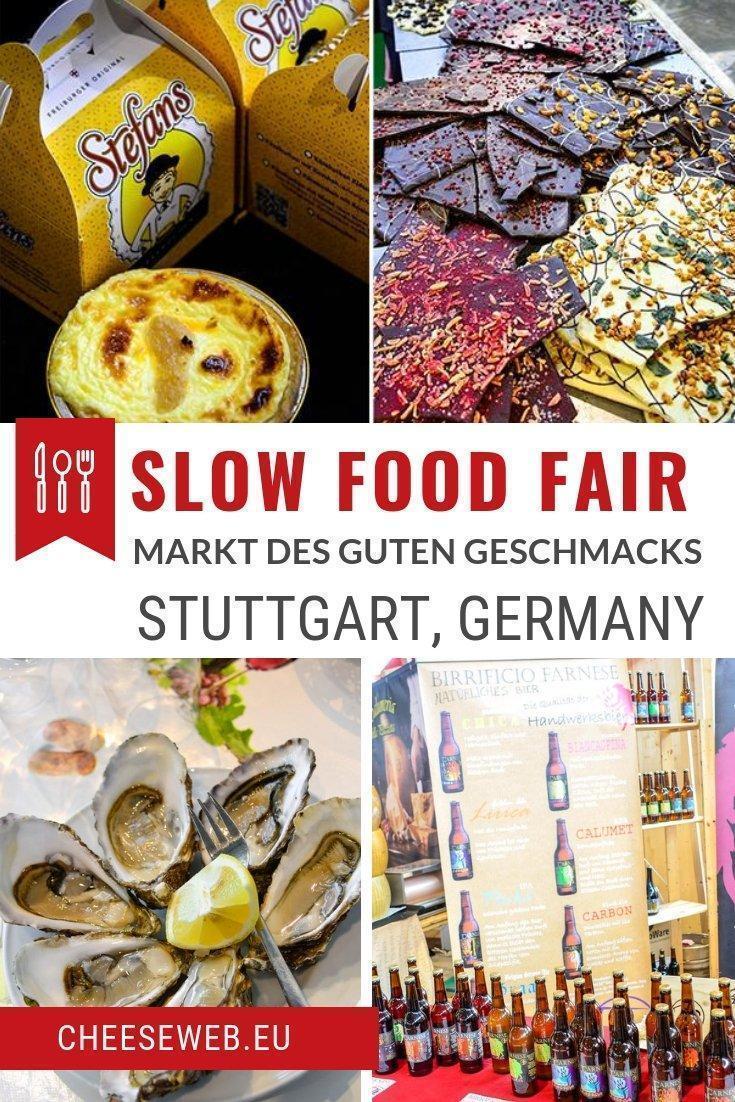
Like this article? Save it to Pinterest!
- How to Spend 48 Hours in Kiev, Ukraine with kids - December 4, 2018
- The Best Things to Do in Sofia Bulgaria with Kids - October 24, 2018
- The Best Christmas Markets in Germany - October 13, 2018
